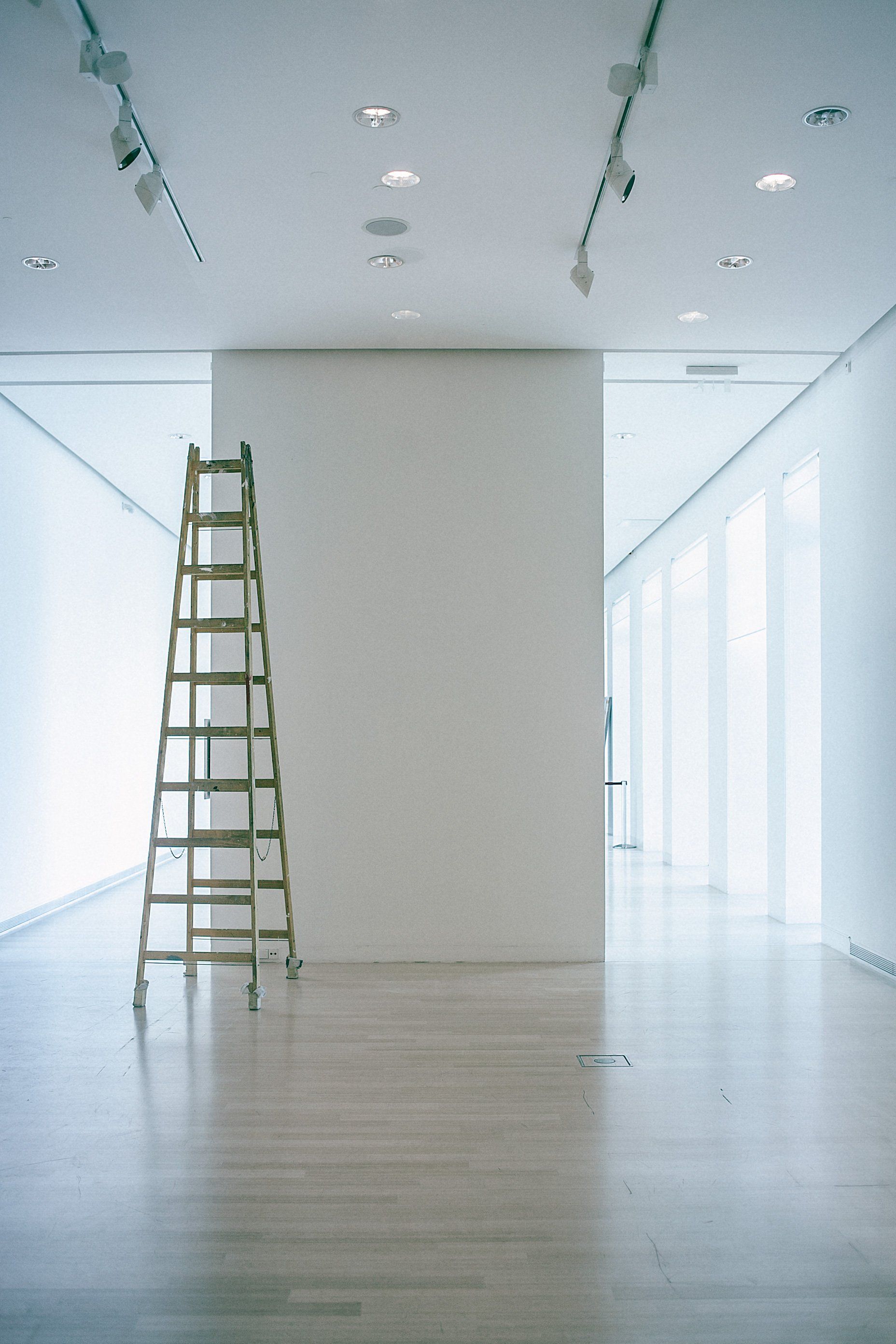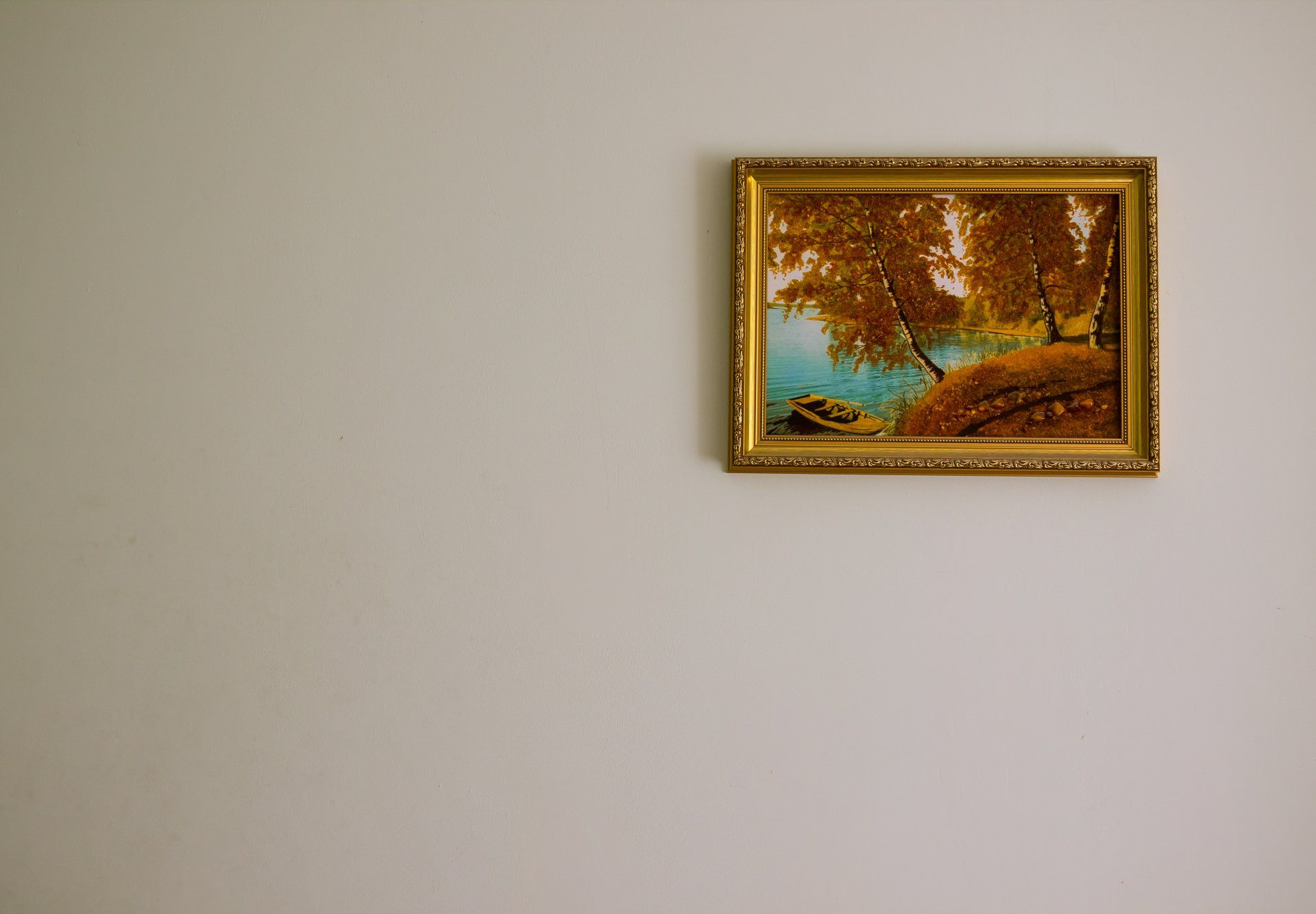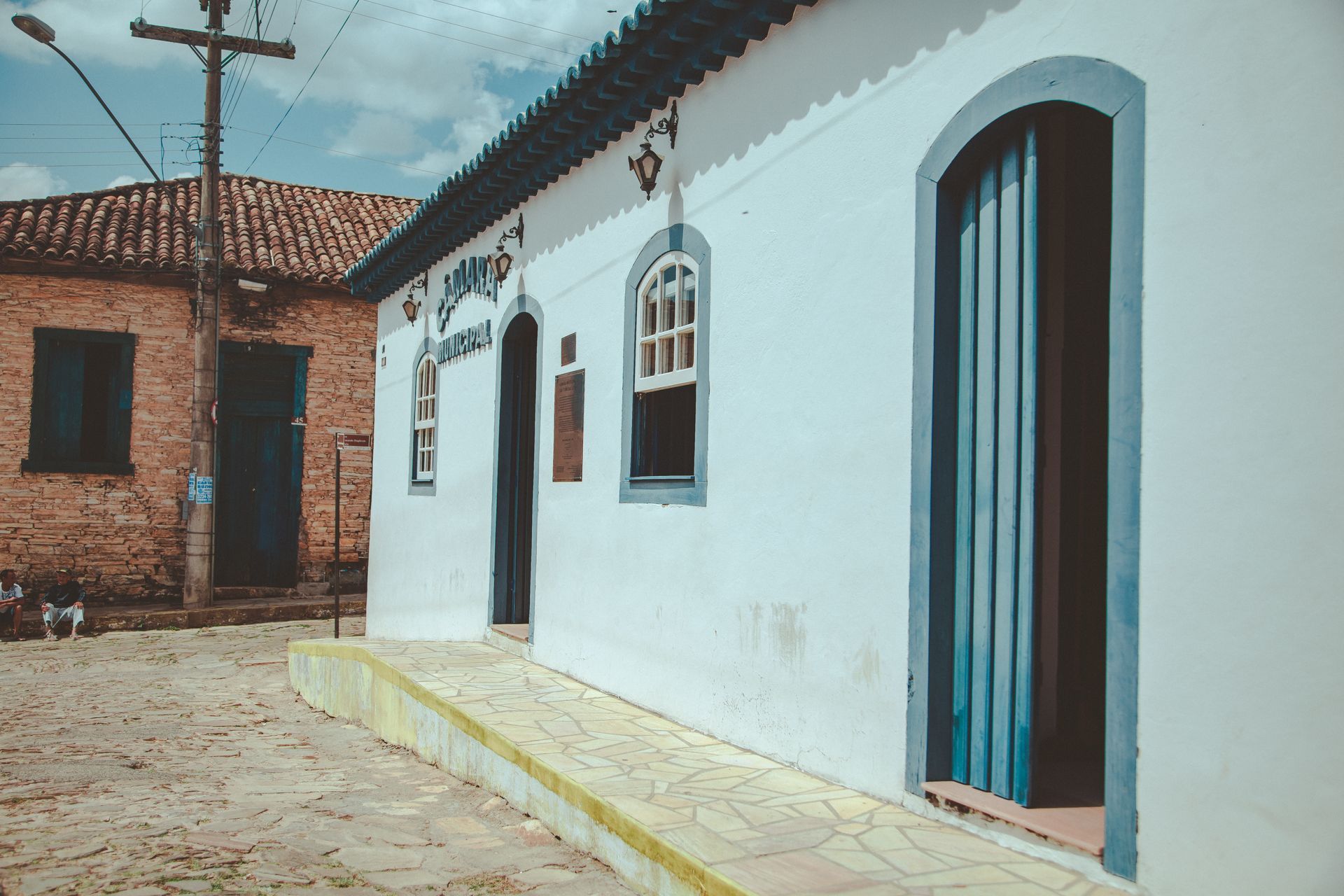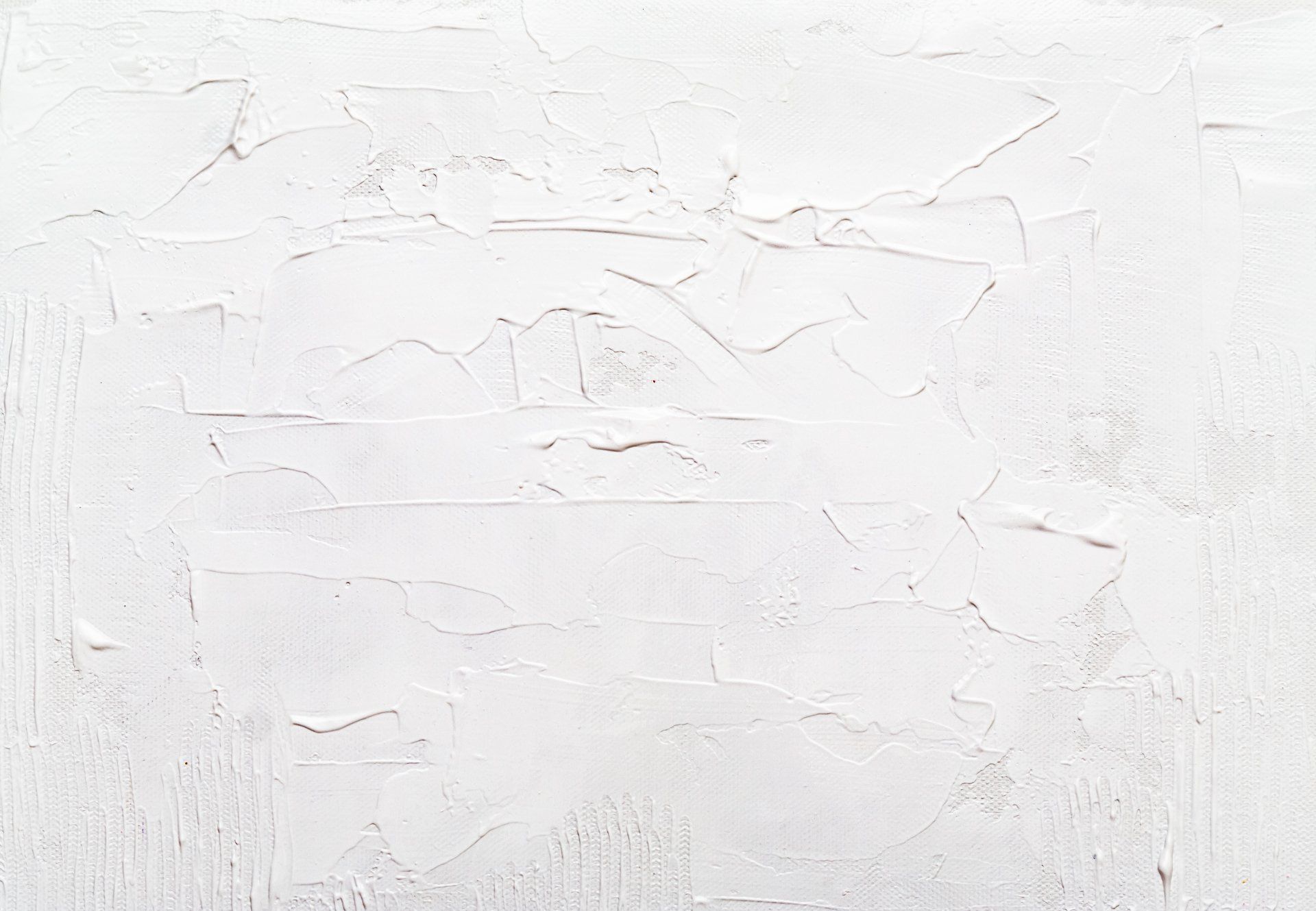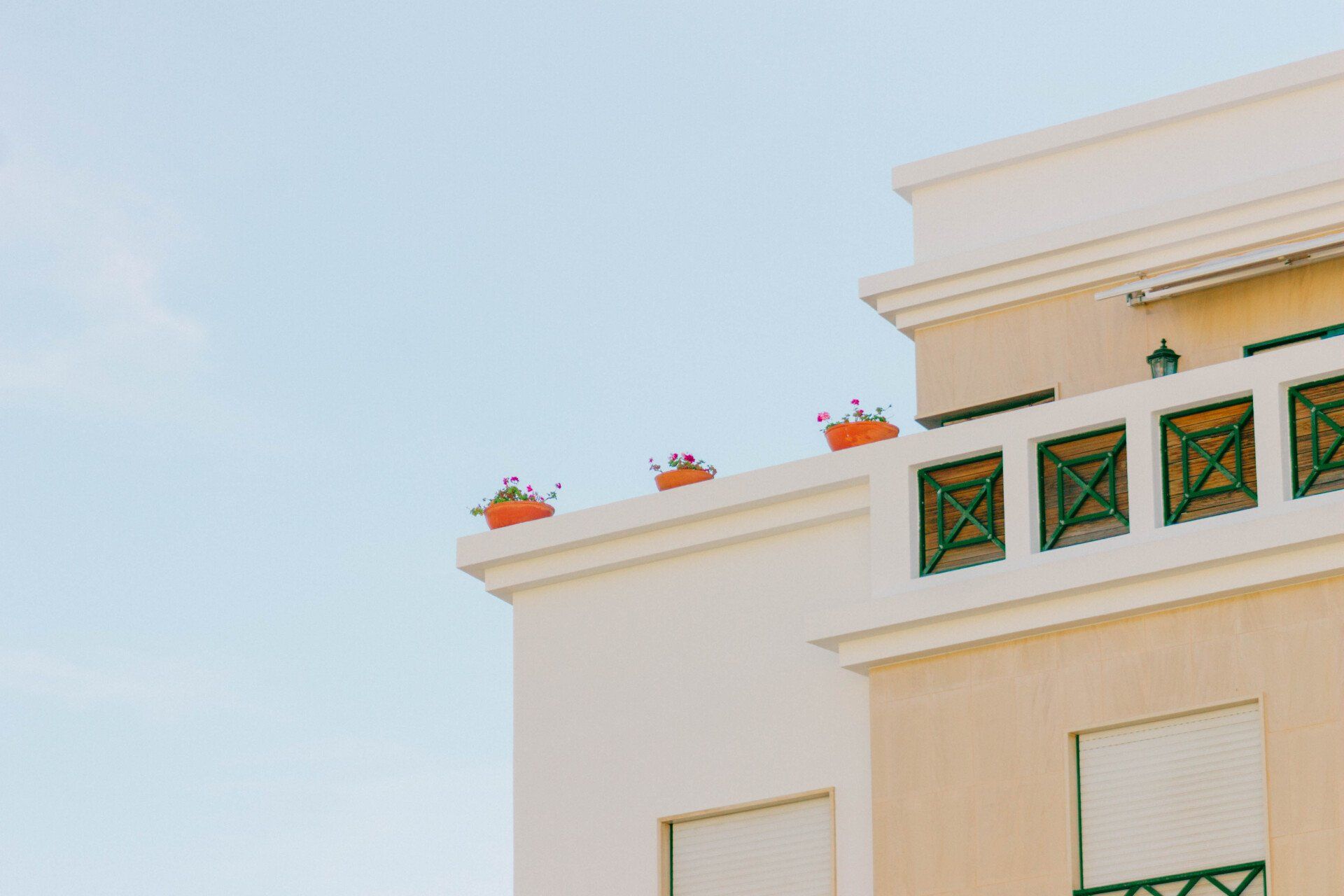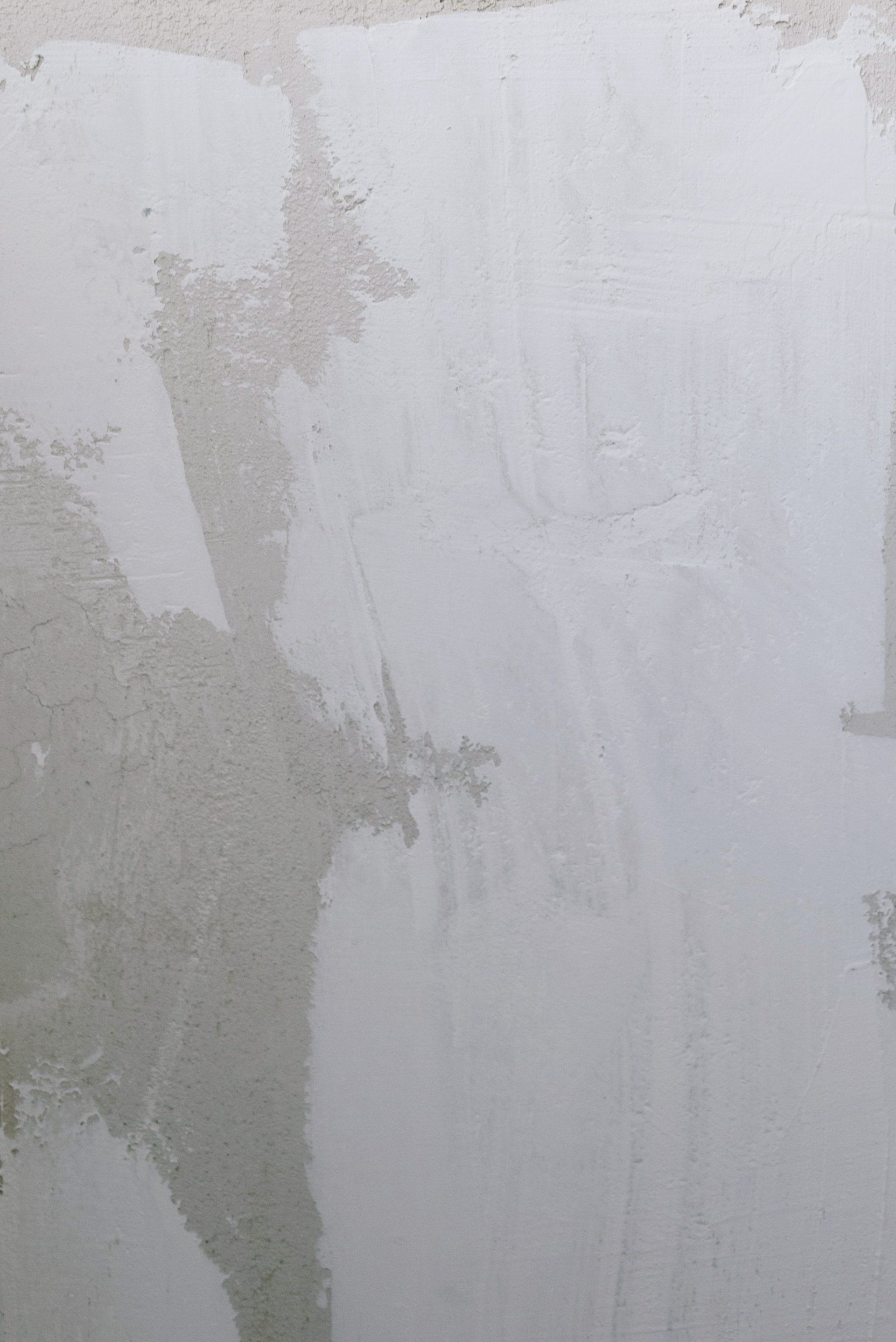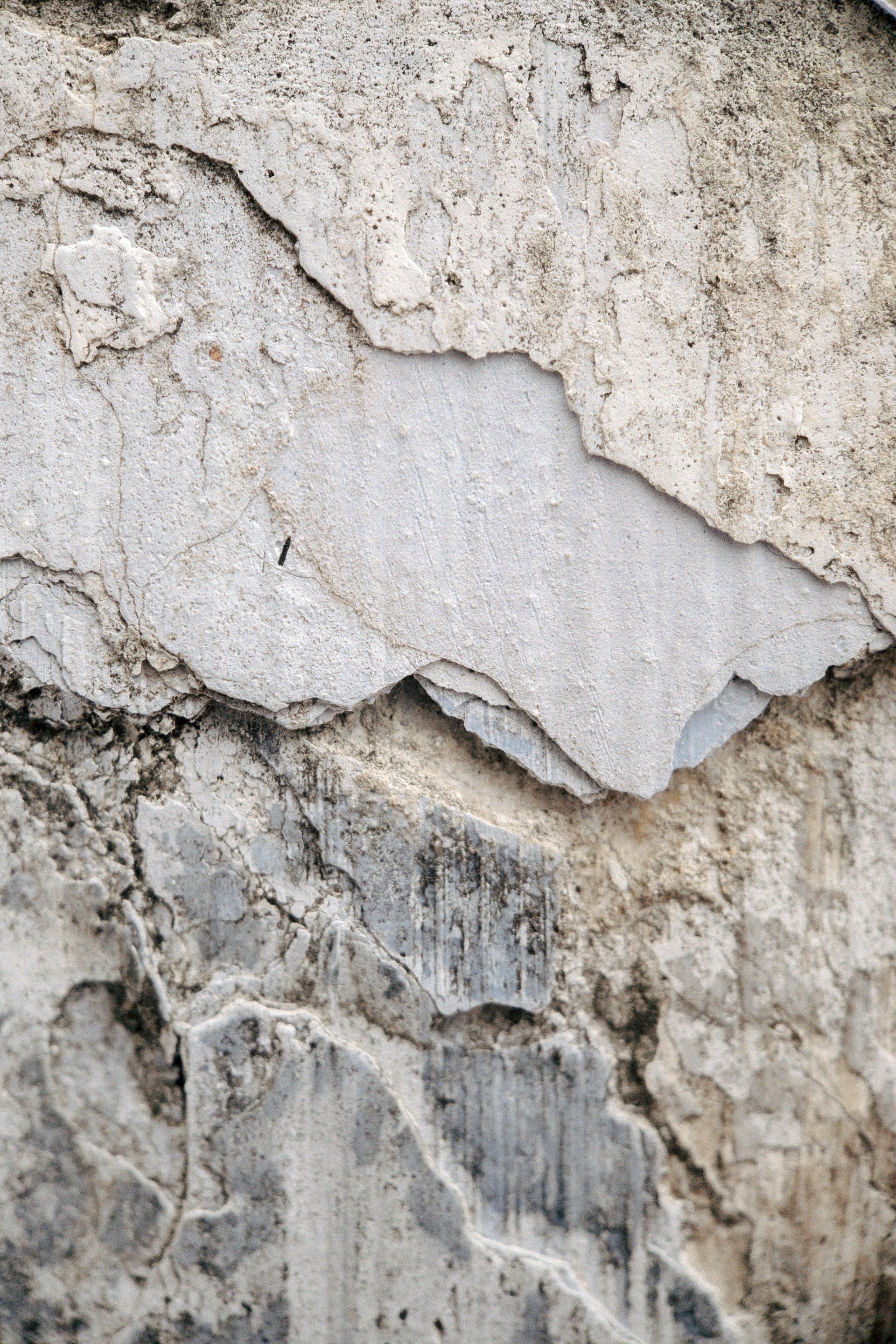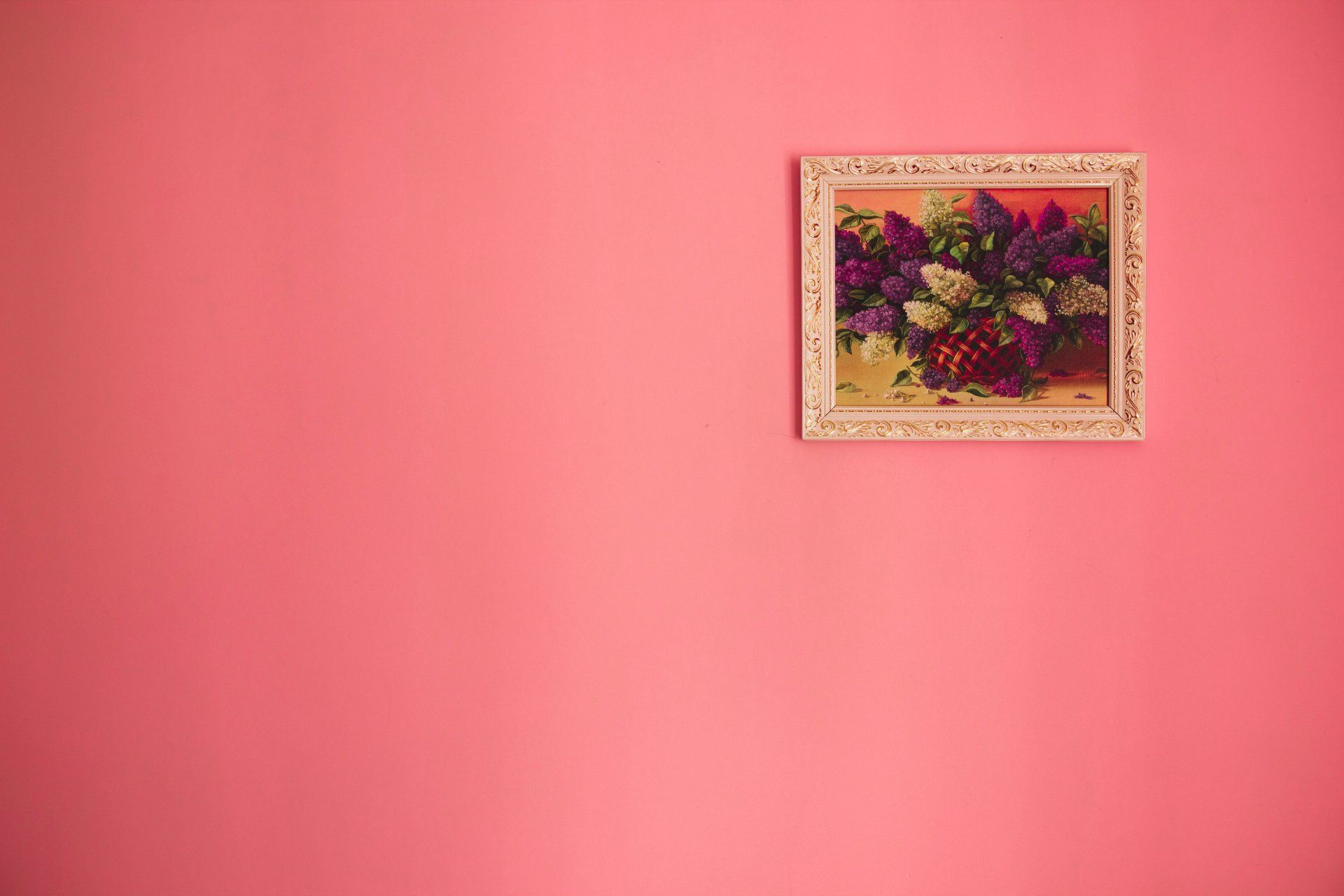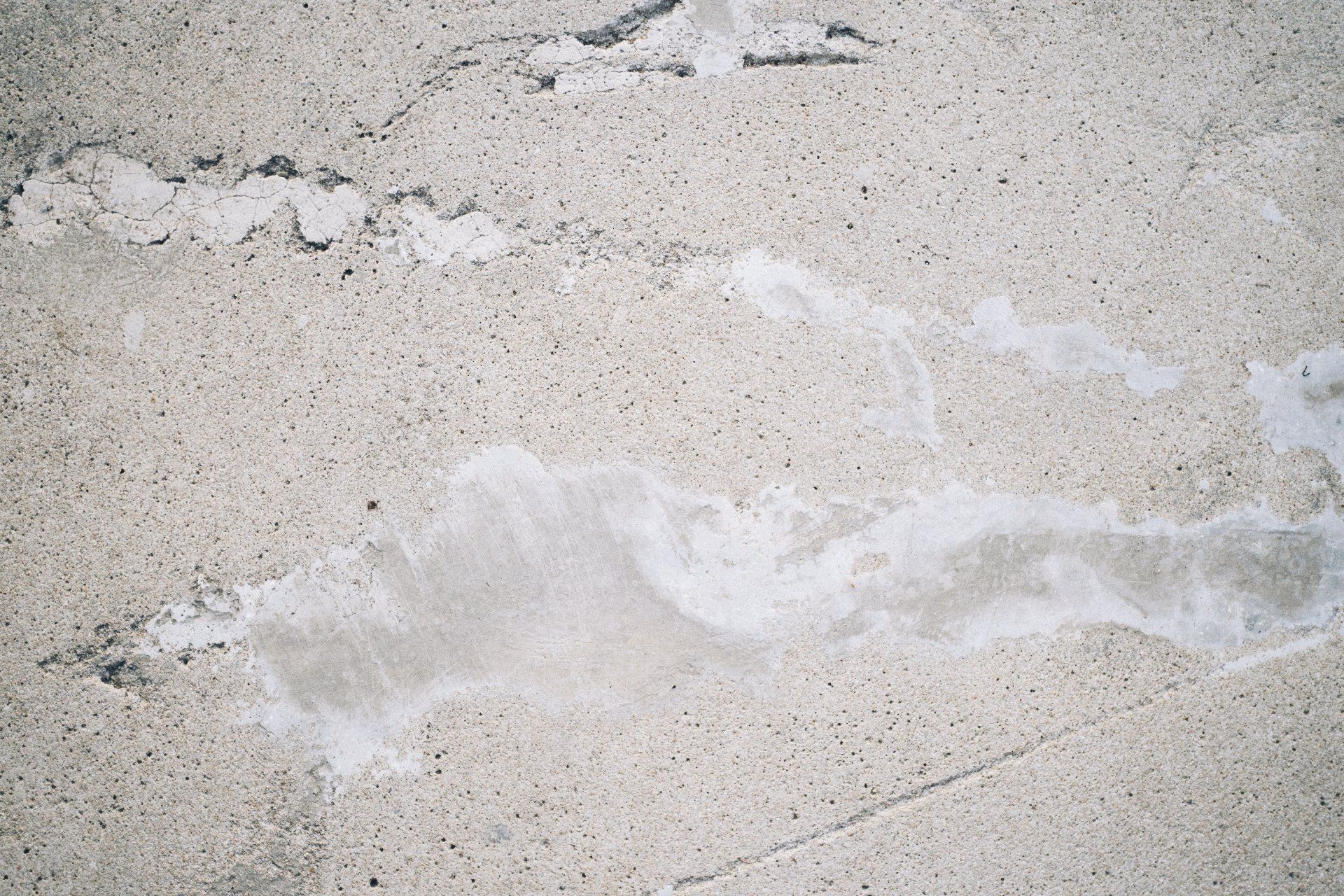Step By Step Guide to Stucco Painting
Step By Step Guide to Stucco Painting
If your exterior stucco requires a fresh coat of paint, take the time to paint it and follow these step-by-step instructions on how to paint stucco. The stucco finish on the exterior makes your home look elegant and beautiful regardless of design. Like all finishes, they lose their pleasing appearance with wear and tear.
It could be traced (adding stucco on the surface). However, a more affordable and efficient option would be to apply paint. It's definitely within the realm of DIY and is like painting a home by using panels.
Follow the steps below to paint stucco. The trim can be painted before and after you have painted the wall in accordance with your home's style and your personal choice. Do you want to update your stucco but not paint it? Instead, think about whitewashing your stucco.
Step 1. Check the surface.
Before painting, examine whether the surface is in good condition. Do you see cracks? Cracks are common and usually be filled in with the paint you use.
Stress cracks that extend from the edges of windows and doors that penetrate the ground are typical. They develop over time as a result of the settlement and can be fixed.
However, if you notice evidence of damage elsewhere that are horizontal, like cracks, large pieces of paint missing or an unusual discoloration, this could indicate more serious issues like moisture in the plaster. Put the painting up and let a professional in stucco inspect the cause.
Step 2. Pressure clean your home.
Stucco should be clean of dust and other debris prior to painting. Pressure washing is a fast and effective method of cleaning it up.
It is possible to rent the pressure washer if you don't own one. Make sure you follow the instructions carefully, as well as wear protective glasses. We suggest setting the washer between 1,500 and 2,500 PSI.
If you are planning to wash using a detergent that is neutral, we suggest using a natural and eco-friendly detergent. If you're not comfortable working with this, you can hire an expert to handle the job for you. After washing the house, it must be completely dry prior to making the next steps.
Step 3. Prepare now the stucco.
It is recommended to repair small holes and cracks with externally applied acrylic sealers. Cracks that are larger or damaged are fixable with a stucco repair patch. When the stucco was painted, and the paint is now chipped in certain areas, lightly sand the edges of the areas that have been chipped using 80 or 100 grit of sandpaper to get rid of any loose paint.
If you see evidence of water leaking from a gutter and then flowing through the stucco (look for discoloration or damaged stucco), you should find out if there is water in the stucco. If not, fix the gutter leak prior to painting.
Step 4. Select the color you want to use.
For stucco, we suggest matte glossy acrylic latex paint. Be aware that you'll need much more paint on your stucco walls than the other types of siding. This is because stucco paint is porous, and it has a rough texture.
Step 5. Prime the stucco, should it be necessary.
In the event that this is your first experience with stucco that is painted, it is recommended to first prep the walls using a block filler made of acrylic latex.
Step 6. Paint the area.
The first step is to cut around doors, windows, and any other trim using the help of a brush. Paint the walls using an oversized terry roll cover. Begin at the top most part, and work your way down in small sections so that the edges stay wet.
You can also spray paint using the airless sprayer. If the plaster is very rough in texture, once you have sprayed, then apply the paint. If you're applying primer to your walls, you'll likely only require a single finish. In other cases, it might be essential in order to coat two times.
Ready to work with Saskatoon Stucco Artisan Experts?
Let's connect! We’re here to help.
Send us a message and we’ll be in touch.
Or give us a call today at 306-900-4479
More Tips, Tricks & Tools
